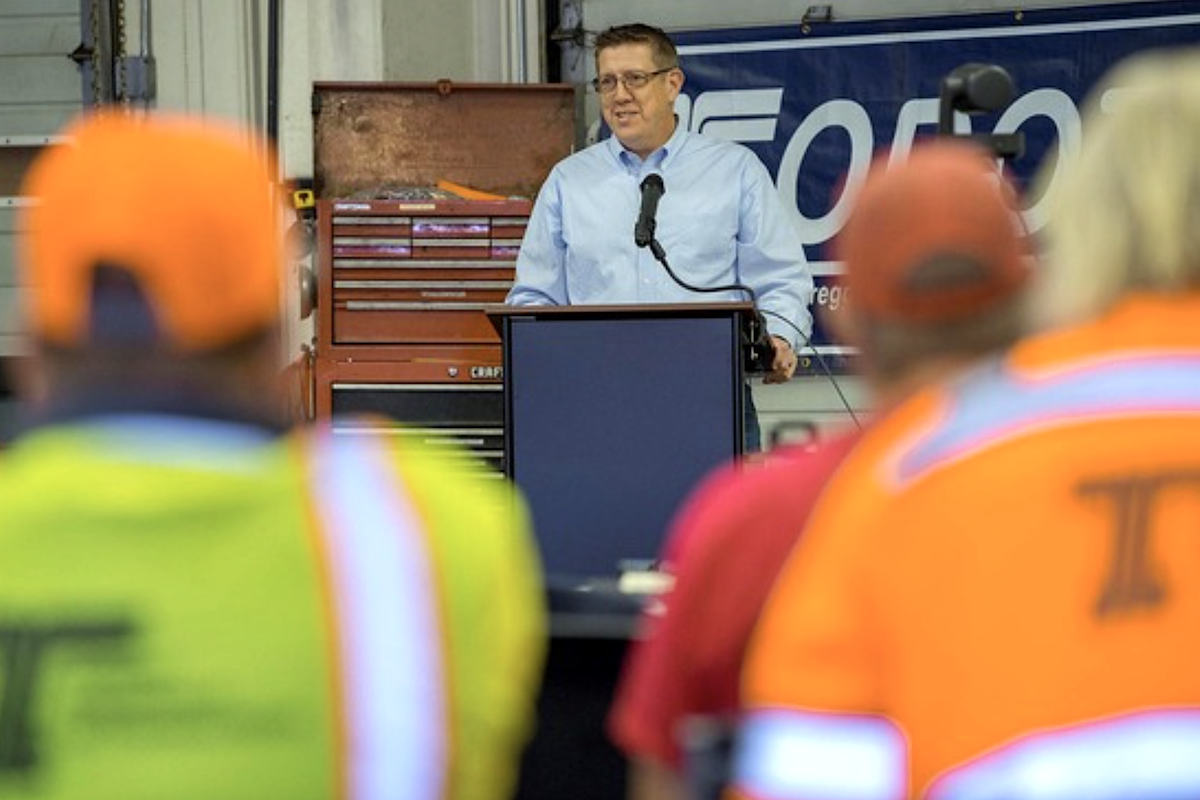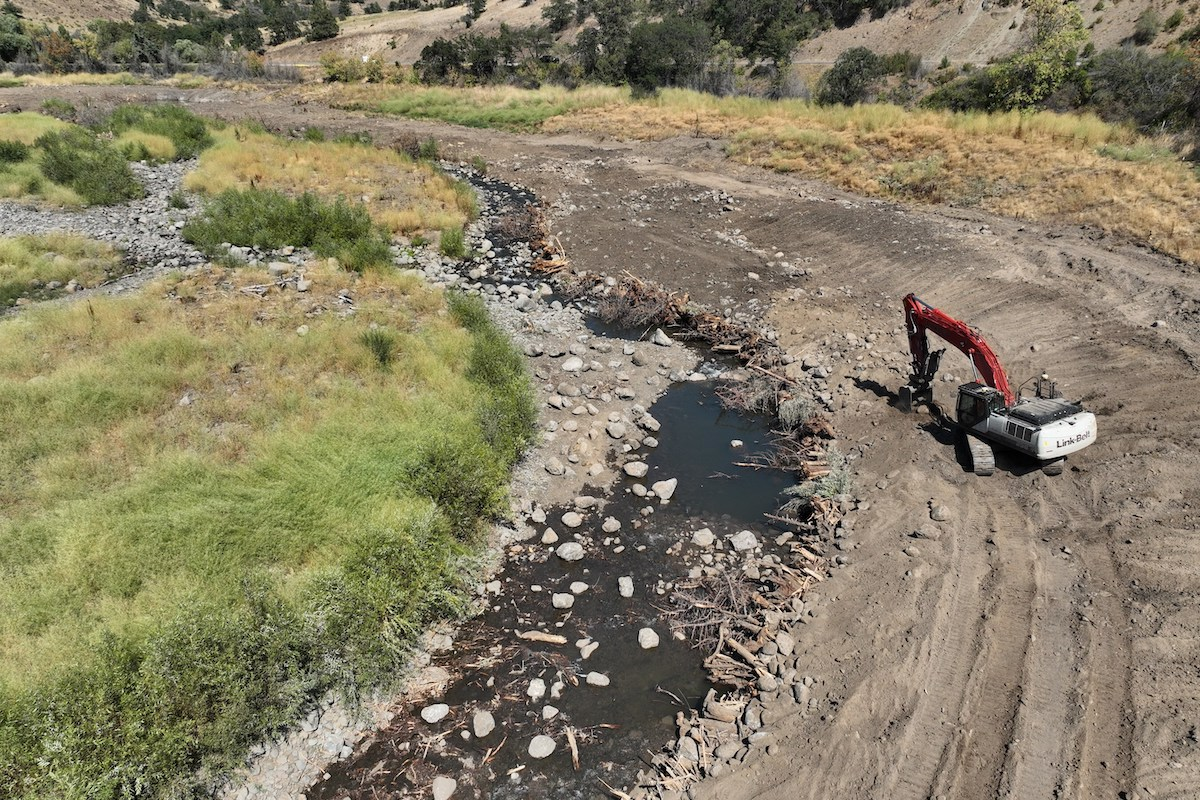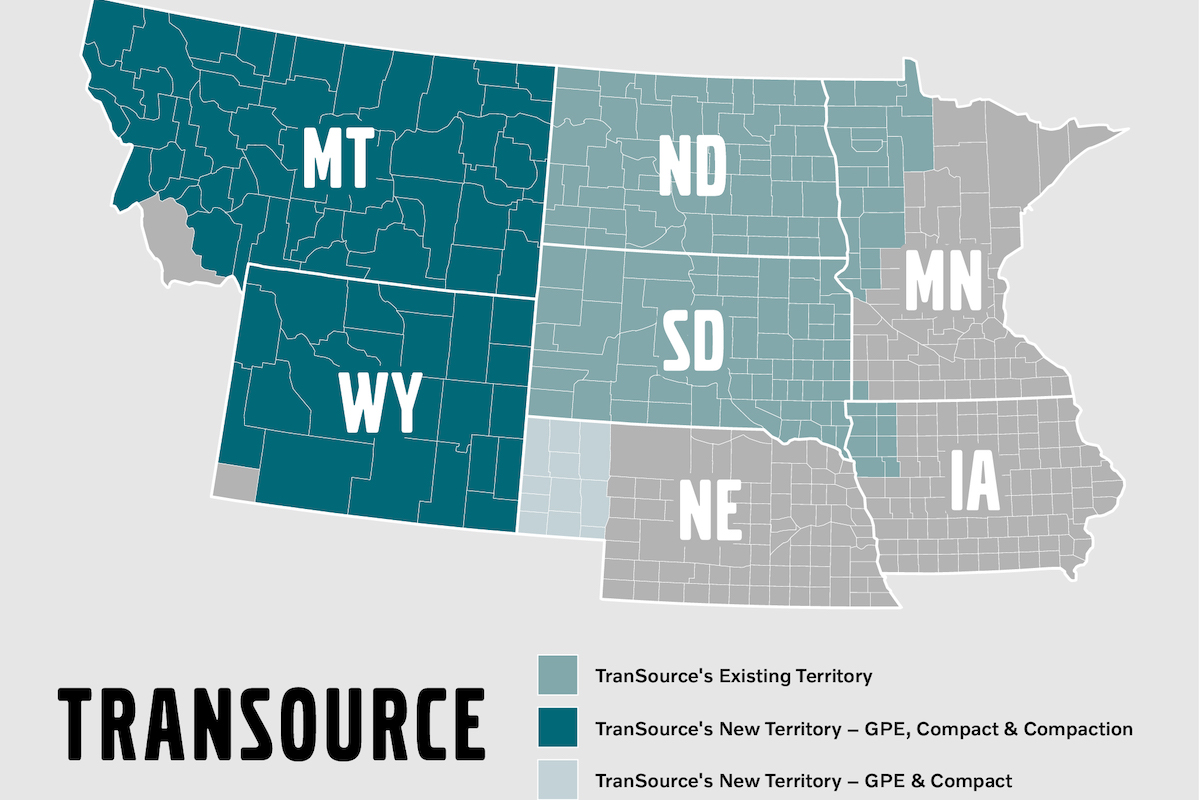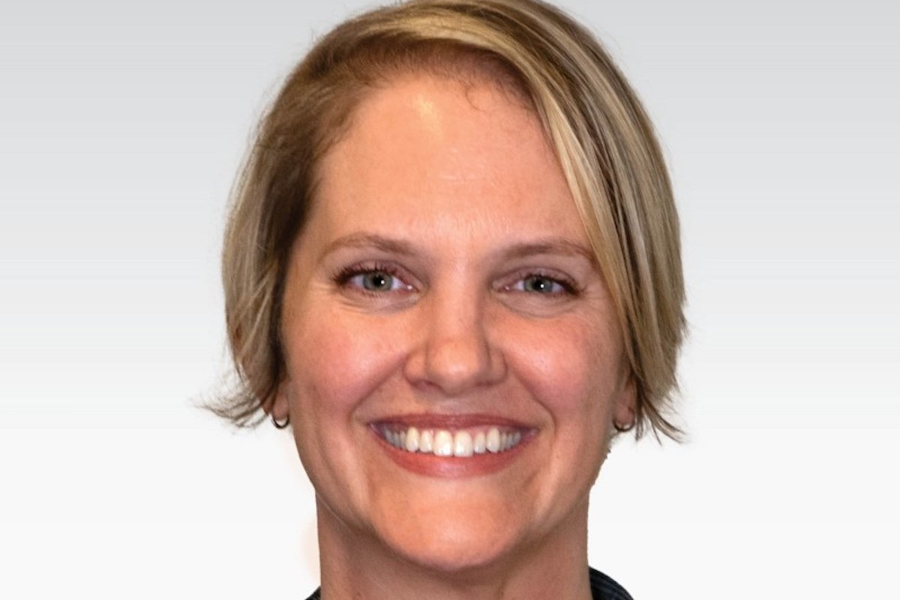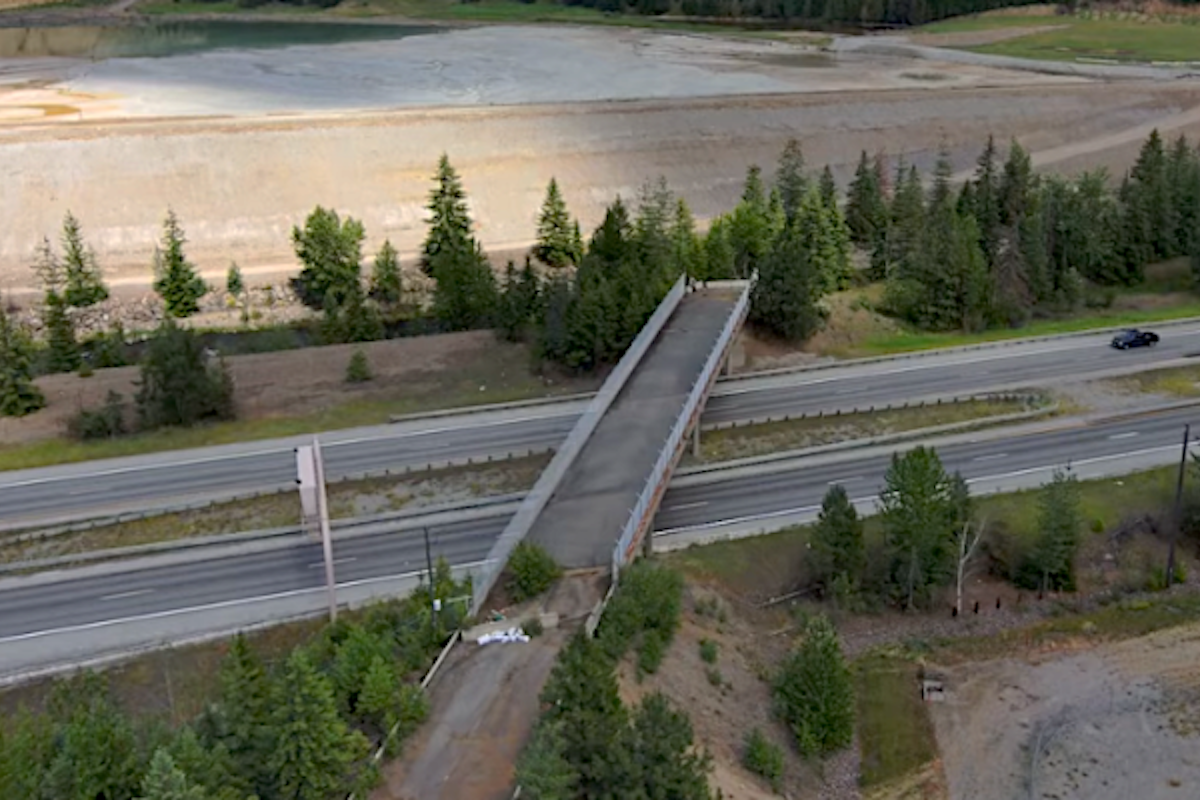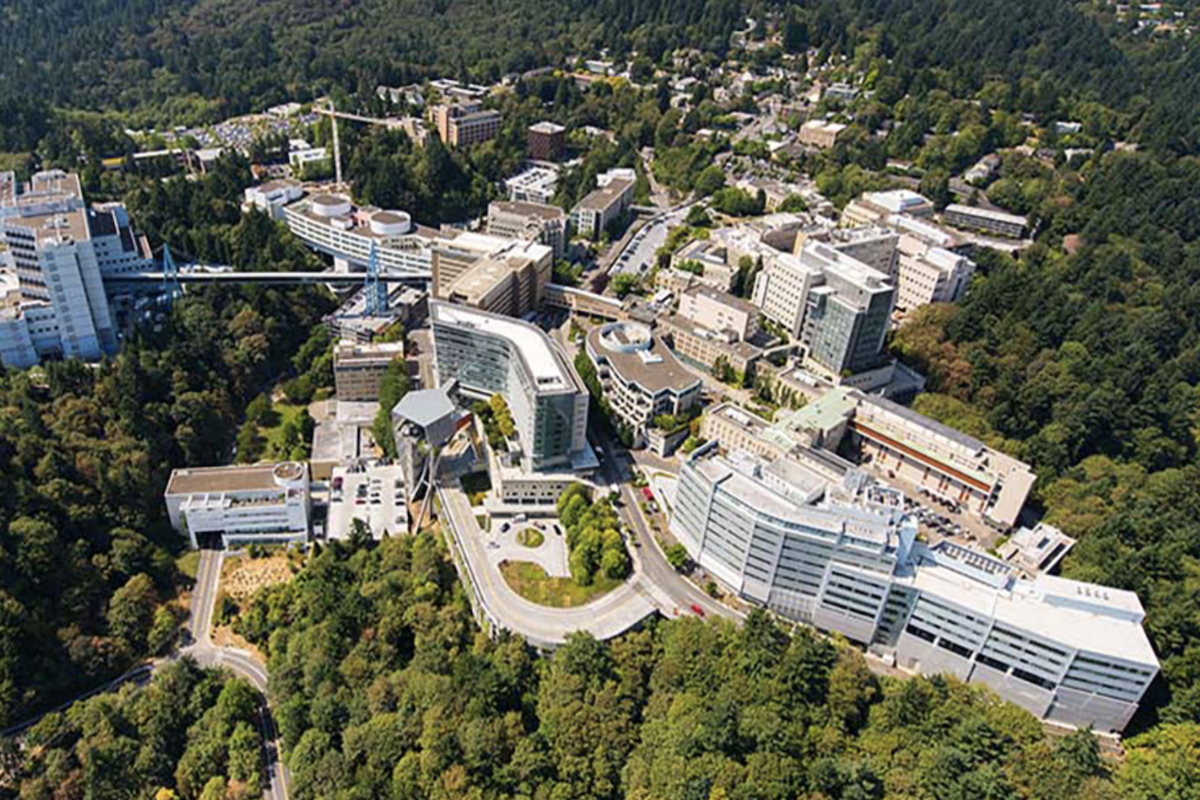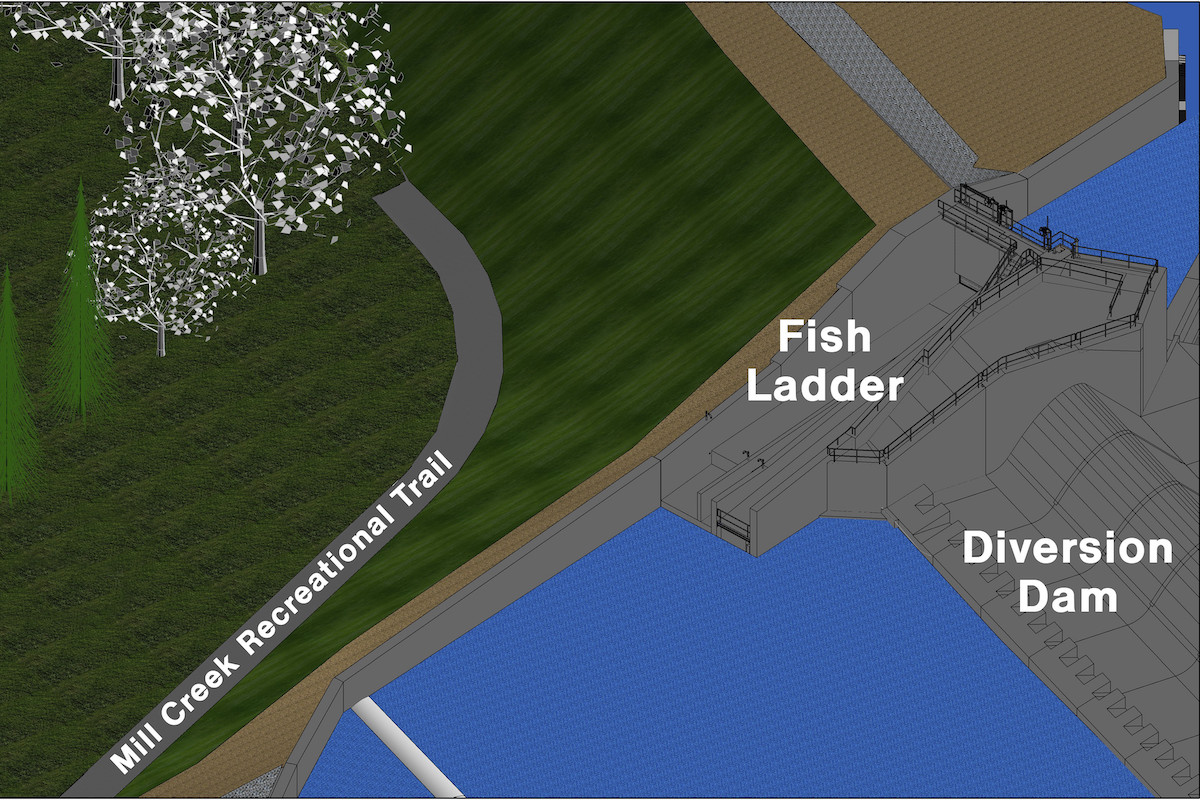“We’re proud of our ranking and what we’ve accomplished so far with our federal and state partners,” said Susan Peithman, Oregon Department of Transportation (ODOT) Climate Office Interim Director. “There is much more work to be done, and we’ll keep pushing to realize our vision of a clean, safe, and equitable transportation system.”
The report’s authors cite the recent historic federal investments in transportation infrastructure for spurring their interest in state transportation policy and spending. In 2021, the Bipartisan Infrastructure Law allocated $1.2 billion in additional transportation funding for Oregon over the next few years. About $800 million of that funding is directed to specific purposes.
The remaining $412 million is flexible funding. Last year the Oregon Transportation Commission directed the flexible funding be spent in ways that will make Oregon’s roads, streets, and walkways safer and easier to use. In 2021, the commission approved $255 million in federal funding for active and public transportation for ODOT's 2024-27 budget cycle. Both investment decisions contributed to Oregon’s high ranking in the report.
Oregon is projected to make the strongest progress in cleaning up each mile driven. Recent regulations on emissions from cars, trucks, and SUVs — and a shift to electric vehicles — will yield the biggest reduction. Reducing how far and how often people drive has the most room for improvement. Oregon can make progress here by investing in active modes like walking, rolling, and biking; improving transit services; pricing the transportation system; and enacting land use policies to support shorter trips.

| Your local Trimble Construction Division dealer |
|---|
| SITECH Northwest |
ODOT's data says by 2050, emissions from transportation will be 60 percent lower than they were in 1990.













